 TRENT'S WALK IN THE BELIZEAN JUNGLE (Part Seven) Is brought to you by "Grand Belizean Estates" the next place to call home. 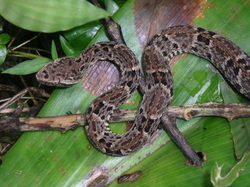 FER-DE-LANCE SIGHTING This is Belize's most poisonous snake. You won't be seeing me pick up one of these babies. So enjoy this one from afar! These snakes are noted for their defined triangle markings of black and brown. An adult Fer-de-lance can have as many as thirty triangles along its back. Their undercarriage is typically cream or light yellow as is the throat, and beneath the jaw. In Belize, the Fer-de-lance is ubiquitous, which means that it is as much at home in your backyard as it is in an abandoned agouti burrow in the rain forest or a rotten log beside a stream. Unfortunately, it loves rats fattened on household garbage and is not in the least shy about going into a village in pursuit of its favorite dinner passion. If you should by chance come upon one of these, it would be wise to walk away, as quickly and as quietly as you can. Avoid any possibilities of an intimate encounter with these bad boys. Fer-de-lance snakes, usually do not go out of their way to pursue its prey, but instead liters about in the underbrush waiting for a likely victim - perhaps a bird or an opossum - happens to come within easy striking range. Then, from either a coiled or an extended position, it attacks, viciously and repeatedly, with its two front fangs. Unlike their cold and calculating parents, young Fer-de-lance snakes can be hot-headed; armed with venom from the day they were born alive. One Fer-de-lance can have up to 75 babies, I about dropped a jaw when I learned this. To make matters worse, until they reach three feet in length - which is two feet more than they started out with - their yellow-tipped tails, and every tree becomes a jungle gym. The Fer-de-lance (French) has an arrow shaped head and if you look this guy in the eye, you will see that he has what are called, vertical, elliptical pupils. Between his eyes he has nostrils, like facial pits which is a sensory organ - so sensitive to heat, that he can detect a one degree C. change in temperature. The Fer-de-lance has a large mouth with two hollow, retractable fangs which, in proportion to its size, are the largest of any snake's fangs around. As with most snakes, it uses its flickering tongue to smell. So remember, the next time you want to take your "Walk in the Jungle", to be sure and wear boots or any good shoe that has toe, foot and ankle protection. If you do encounter a fer-de-lance, back away slowly and avoid any contact. If you are bitten, seek immediate medical attention.
5 Comments
 TRENT'S WALK IN THE BELIZEAN JUNGLE (Part Seven) Is brought to you by "Grand Belizean Estates" the next place to call home. 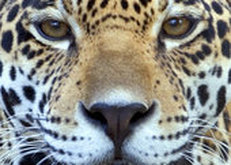 JAGUAR SIGHTING This animal gives me goose-bumps! Now I didn't exactly come across one of these on my "Walk Through the Jungle", but how can I not write about this amazing animal? This Central American "Big Cat", is the third largest cat in the world. The jaguar is so special to the Belize people, that the government has taken over 155 square miles of land and set it aside as a jaguar sanctuary, to preserve the "Big Cat" of Belize. They can weigh as much as 300 lbs, some weigh less, but they are awesome nonetheless. A jaguar has massive shoulders, and huge forepaws, with claws to grasp anything they set their little (or should I say....large) heart upon. Their jaws can crush any skull, so these "Big Cats" deserve your respect. The truth is, jaguars are non-aggressive towards humans unless provoked, or until they have been attacked by man in a more outright manner. Some jaguars have been found raiding livestock, but also remember, what man has done in the past few years by depleting the jaguar's natural habitat for food, with deforestation. This is when our government stepped in and said, "No More!" and the Cockscomb Jaguar Sanctuary National Park was established in 1986. The jaguar spends much of the day snoozing on a bed of leaves, or sunning itself on a log or ledge. It may get around to making an occasional ground scrape or the odd tree scratch to serve as boundary markets, delineating its territory. Although ranges may partially overlap, they generally are not shared. To the male jaguar, his hundred or so kilometers of jungle - is his kingdom, whereas the female may choose to change her castle - and with it, her mate. Females begin breeding at about three years. Gestation is approximately three months. A female jaguar will normally have about two cubs to a litter. If they manage to survive, the mother will remain caring for her cubs going into the following year. Jaguars become active at night, stalking the peccary by preference but, if none are available, they will settle for agoutis, monkeys, deer, birds, even lizards and fish. The kill is accomplished by a bite at the neck. The jaguar is still hunted - illegally - for its beautiful yellow-brown or buff colored coat, which looks like an artist painted on it, elegant black spots, rosettes and butterflies. The greatest danger to the jaguar, however, is human encroachment on its home territory. As the forests of its range (northern Mexico to Argentina) recede, its life is in jeopardy, even when prey is still available, jaguars do not appear to be highly adaptable to enforced change. Hopefully, here in Belize there is a future for the jaguar, with the establishment of the world's first Jaguar Preserve in the Cockscomb Forest Reserve. A public awareness of the jaguar's plight will assure not only that its inherent rights will be respected but that the glory of its existence will be appreciated for many years to come. |
Trenton Turley
Hi, my name is Trenton S. Turley. I've been living in Belize now for 11 years. Hope you enjoy reading my many blog posts. I write about things, that are passionate to me.
SNAKES OF BELIZE!
Check out, my my current blog series on Snakes of Belize. Categories
All
Archives
April 2016
|
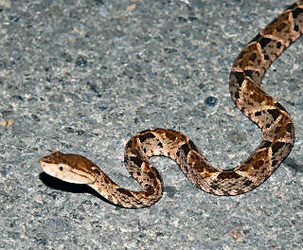
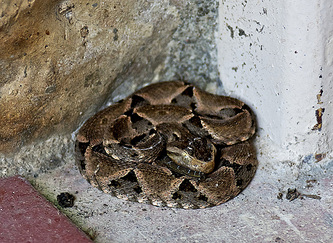
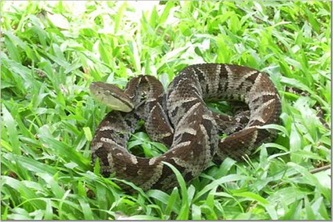
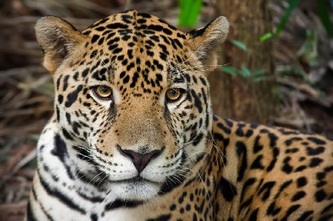
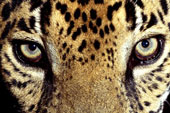
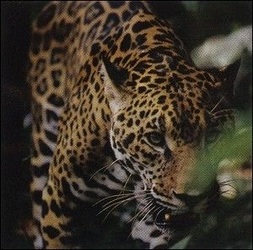
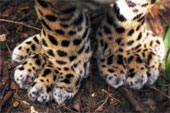
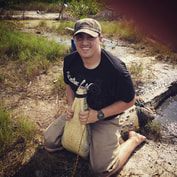
 RSS Feed
RSS Feed